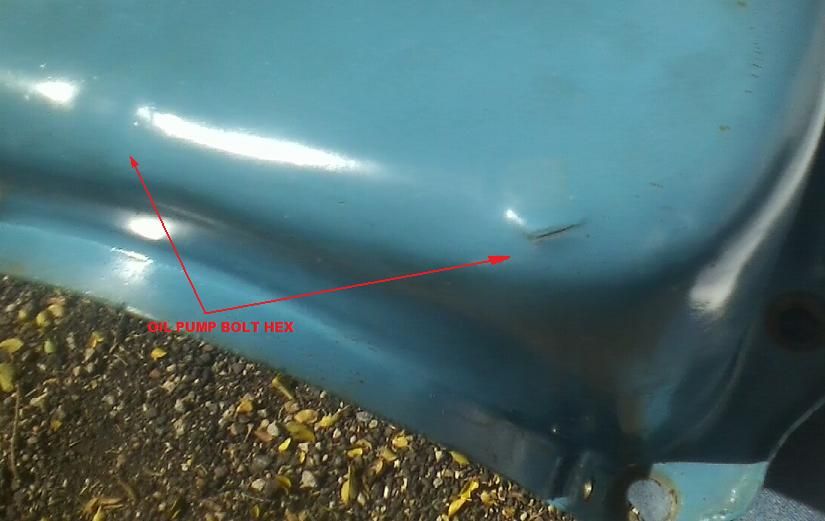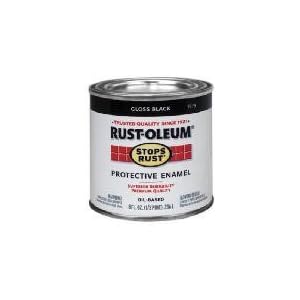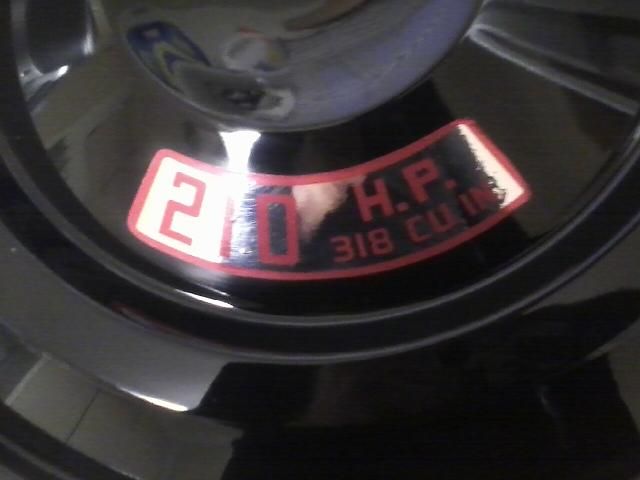So, I'm scraping gaskets, while building the low end of this thing and I go to clean the oil pan out and found something.
Nothing catastrophic, but I wanted to see if anyone else has experienced this issue, before and give everyone a heads-up;
The small, 1/4" fracture was made by the hex bolt head of the new pump, as well as the other dimple that can be seen, just left on the reflection of the pan's curve.
I'm not sure why this happened. I looked at the pump and it is completely flush with the main cap. The bolts for the main cap are not interfering with the pump.
I don't have the old pump, so I can't measure it's depth, but I'm wondering if the new pump or it's cap are slightly taller/ deeper?
The pump is just a stock replacement Federal Mogul/ Sealed Power from Summit
http://www.summitracing.com/parts/slp-224-4166/overview/
I'm guessing that the magnum pans are deeper at the rear of the engine, than these older pans are.
I had a bit of a struggle, getting the pan on, but eventually, after aligning the holes, I sucked everything down and didn't notice anything going on.
I did see a trace of oil on the bottom of the pan, with a trail running from the back of the pan, but I thought it could have been residual from the main seal assembly. When I took the pan off, the seals looked sound, including the upper seals. No oil on the wrong sides.
That's when I noticed the crack at the rear corner.
I'm just going to massage the back of the pan with my metal working bit on my air hammer and some wood to make more clearance and then I'm gonna blanket the back and weld it from the inside with a brass paddle on the outside.
It's not an area that sees a lot of oil, except when it sloshes. I have a feeling that I would have seen a bit more than trace amounts on the pan (not even enough to drip on the garage floor) if I hadn't baffled the pan.
As of right now, when I set the pan down on the upside down engine without a gasket, it shifts rearward, just before it touches the block, as the pump rubs against the corner of the pan.
I think I'm going to take the pump off to check and make sure that everything is ok, but I was wondering if anyone else has run into this problem?
Check your pans when you assemble them. If the pan won't go straight on, don't force it and check the pump clearance with some visible grease on the bolt heads to see if it's contacting the pan!




















